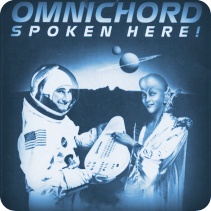History
 These
unusual and quirky little instruments started their commercial life
back in 1980 when clever chaps in white smocks at Suzuki HQ, Japan
released two futuristic gadgets: the PC-27 Portachord/Tronichord
(protoypes) and OM-27 Omnichord.
These
unusual and quirky little instruments started their commercial life
back in 1980 when clever chaps in white smocks at Suzuki HQ, Japan
released two futuristic gadgets: the PC-27 Portachord/Tronichord
(protoypes) and OM-27 Omnichord.
Both models featured 27 playable chords and a touchplate. The PC-27 had only two controls on the top panel; Chord Volume and Sonic Strings Volume. The model numbers were derived from the 27 playable Major, Minor and 7th chords.
Despite its clever design, the general lack of features meant the Tronichord would likely be short lived. This would be a pity as the Marketing Department realised the concept could be developed into a useful and very different Music Instrument. 1981 saw the main drive placed on the far more ergonomic, feature rich OM-27 Omnichord. For many, this is regarded as the first true incarnation of the Series.
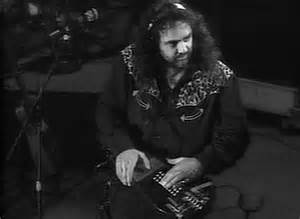 The
Omnichord was quickly
adopted by singers, songwriters, musicians, - and the actual target
audience: people who
wanted to play an instrument but had never found the time to learn.
Like an acoustic guitar it is ideal as an instrument to accompany
vocals by simply strumming. Owners did not need any previous musical knowledge or even
learn chord shapes. Just press a chord button and strum away. The
Sonic Strings (or strumplate) would adopt the notes of the chord.
Changing to another chord button would cause the notes of the
strumplate also to change. This makes it very quick to learn,
impossible to play wrong notes and the perfect tool for songwriters
who can play with chord progressions on the go. Whilst
many musicians dismissed the Omnichord as a toy (and some still do
today), those with a little
more imagination and an understanding of music soon found uses for
this most unique of musical instruments.
The
Omnichord was quickly
adopted by singers, songwriters, musicians, - and the actual target
audience: people who
wanted to play an instrument but had never found the time to learn.
Like an acoustic guitar it is ideal as an instrument to accompany
vocals by simply strumming. Owners did not need any previous musical knowledge or even
learn chord shapes. Just press a chord button and strum away. The
Sonic Strings (or strumplate) would adopt the notes of the chord.
Changing to another chord button would cause the notes of the
strumplate also to change. This makes it very quick to learn,
impossible to play wrong notes and the perfect tool for songwriters
who can play with chord progressions on the go. Whilst
many musicians dismissed the Omnichord as a toy (and some still do
today), those with a little
more imagination and an understanding of music soon found uses for
this most unique of musical instruments.
OMNIFACT: 40,000 Brown and Cream Omnichord model OM27's were 'beamed down' in 1981. Most of them were teleported from Suzuki HQ to the USA, followed by the UK.
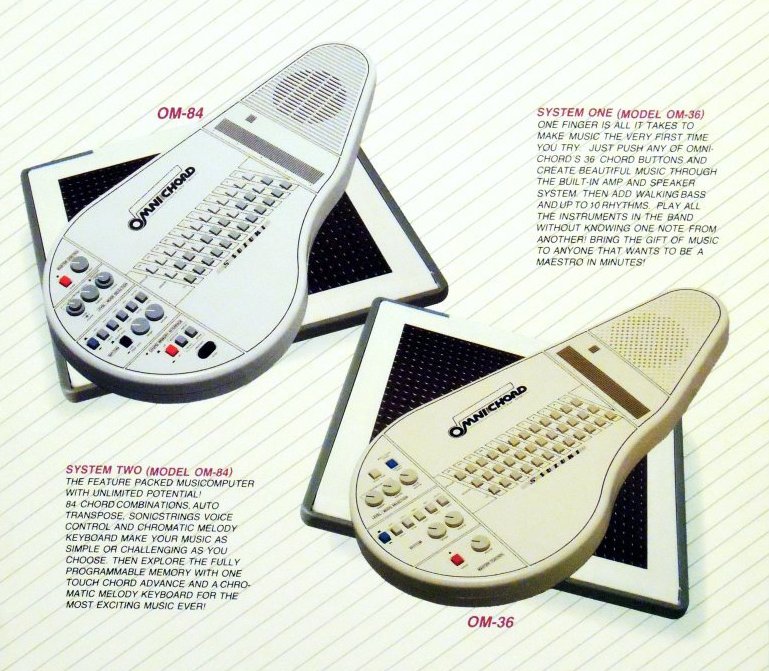 Next came the OM36 (System One) and OM84 (System Two). The OM36
had 36 chord variations and the OM84 had...you guessed it...a
whopping 84. The 84 chord system has stuck and the same combination
and layout appear on almost all models since - including the latest version: Qchord.
The SonicStrings/Strumplate was vastly improved
on the new instruments (although some late model OM27s were fitted with this design) and
has remained with us right through to the Qchord. The new touchplate
design meant you are no longer required to use the conductive rubber plectrum.
Next came the OM36 (System One) and OM84 (System Two). The OM36
had 36 chord variations and the OM84 had...you guessed it...a
whopping 84. The 84 chord system has stuck and the same combination
and layout appear on almost all models since - including the latest version: Qchord.
The SonicStrings/Strumplate was vastly improved
on the new instruments (although some late model OM27s were fitted with this design) and
has remained with us right through to the Qchord. The new touchplate
design meant you are no longer required to use the conductive rubber plectrum.
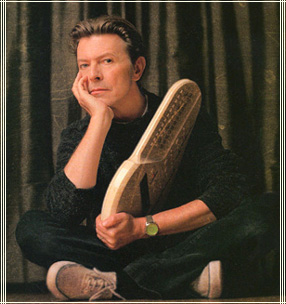 As
technology progressed, Omnichord evolved into the OM100
with a new, more ergonomic design. It soon found itself in places
Suzuki had never envisioned. The tactile approach of the Omnichord,
and later the Qchord has become an award winning in-road to music
for those with special needs. It has helped choirs to sing out their
praises, introduced children to music in schools and strung together
chord sequences that have become some of the greatest songs written
in the last three decades. As with many 80s gadgets it soon
developed cult status, with many musicians utilizing its unique
sound in their own music and taking advantage of the visuals when
performing. Our cheeky little instrument can found on album credits and on Stage
from the early 80s to present day.
As
technology progressed, Omnichord evolved into the OM100
with a new, more ergonomic design. It soon found itself in places
Suzuki had never envisioned. The tactile approach of the Omnichord,
and later the Qchord has become an award winning in-road to music
for those with special needs. It has helped choirs to sing out their
praises, introduced children to music in schools and strung together
chord sequences that have become some of the greatest songs written
in the last three decades. As with many 80s gadgets it soon
developed cult status, with many musicians utilizing its unique
sound in their own music and taking advantage of the visuals when
performing. Our cheeky little instrument can found on album credits and on Stage
from the early 80s to present day.
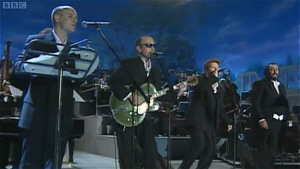 The Human League had their own
Omnichord Podium for live use, David Bowie opened the 2001 Benefit
'Concert for New York City' with his, the late John Peel made a cameo
appearance on an album called 'Omnichord', and Brian Eno strummed
away for Bono, Pavarotti and other 'Passengers'. Moving forward into
2014, many
more artists are finding the Omnichord works for them and used
prices are rapidly increasing beyond their original retail cost!
Midi became available on certain models: OM200M, OM250M and OM300
opening new doors for those interested in soundscaping and music
production.
The Human League had their own
Omnichord Podium for live use, David Bowie opened the 2001 Benefit
'Concert for New York City' with his, the late John Peel made a cameo
appearance on an album called 'Omnichord', and Brian Eno strummed
away for Bono, Pavarotti and other 'Passengers'. Moving forward into
2014, many
more artists are finding the Omnichord works for them and used
prices are rapidly increasing beyond their original retail cost!
Midi became available on certain models: OM200M, OM250M and OM300
opening new doors for those interested in soundscaping and music
production.
As we entered the 90s so the last of the 3rd generation Omnichords was released; model OM300. This is the only ivory coloured version with Midi as standard and included chord sequencer and revised sound pallet. OM100 through 300 shared many similarities and some parts are cross compatible (unlike OM 27 and System One/Two).
To Boldly Q...
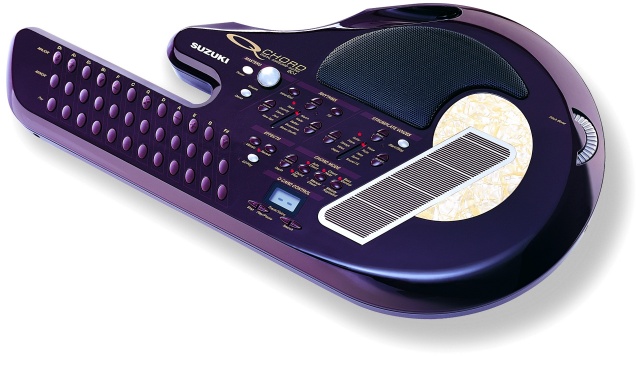 By the time manufacturing of the OM300 finished, sales were dropping and the Omnichord was largely
viewed as 'old fashioned' by consumers. The world was ready for
something fresh and exciting....and so, this curious little
instrument went for a serious makeover, or should we say
'regeneration'.
By the time manufacturing of the OM300 finished, sales were dropping and the Omnichord was largely
viewed as 'old fashioned' by consumers. The world was ready for
something fresh and exciting....and so, this curious little
instrument went for a serious makeover, or should we say
'regeneration'.
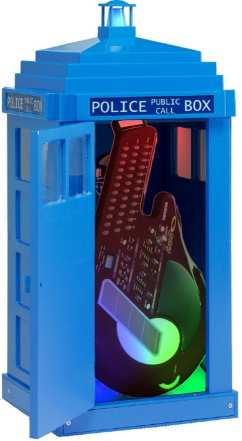 Just like the musicians
who have owned one, it become a master in the art of reinvention. As
the world rolled into a new millennium, the Omnichord continued its
journey through time and space, bearing a new name... "Qchord".
The effects were instant and a new generation of Omnichord/Qchord
players quickly discovered the joys of being Q. Almost exactly the
same size as an OM27 the Qchord is instantly recognizable with its
'cutaway' design. The basic layout of chord buttons and
SonicStrings remain unchanged from the OM100-300 series. Pitch bend
wheel was added which affects the strumplate sounds only. The sound
pallet and styles were completely renewed and the instrument
received an expansion slot for song playback and additional style
cartridges. The amplification and speaker was also redesigned to add
brighter top end and ported bass.
Just like the musicians
who have owned one, it become a master in the art of reinvention. As
the world rolled into a new millennium, the Omnichord continued its
journey through time and space, bearing a new name... "Qchord".
The effects were instant and a new generation of Omnichord/Qchord
players quickly discovered the joys of being Q. Almost exactly the
same size as an OM27 the Qchord is instantly recognizable with its
'cutaway' design. The basic layout of chord buttons and
SonicStrings remain unchanged from the OM100-300 series. Pitch bend
wheel was added which affects the strumplate sounds only. The sound
pallet and styles were completely renewed and the instrument
received an expansion slot for song playback and additional style
cartridges. The amplification and speaker was also redesigned to add
brighter top end and ported bass.
OM-108
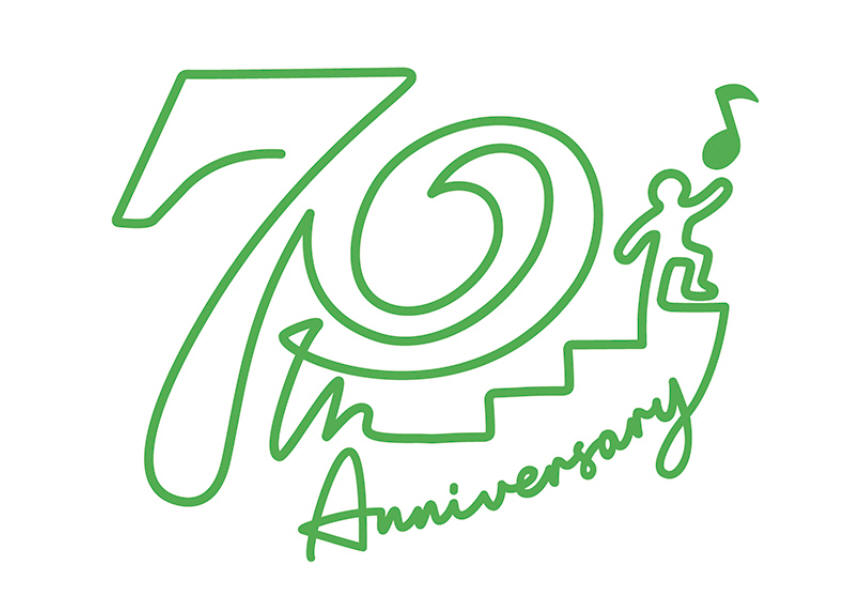 Robbie
Williams once sang, "Let Me Entertain You" And for over 20 years the
Qchord has done just that. By the end of 2019, and after huge
interest in Omnichords (partly due to OmniFest and TikTok users
playing tunes from Adventure Time and Steven Universe), the QC1 was
selling out fast and becoming hard to find. In 2020 Suzuki withdrew
the model from production and many thought it was game over for the
Omnichord. Prices of older models climbed from under £100 to £500 or
£600.
Robbie
Williams once sang, "Let Me Entertain You" And for over 20 years the
Qchord has done just that. By the end of 2019, and after huge
interest in Omnichords (partly due to OmniFest and TikTok users
playing tunes from Adventure Time and Steven Universe), the QC1 was
selling out fast and becoming hard to find. In 2020 Suzuki withdrew
the model from production and many thought it was game over for the
Omnichord. Prices of older models climbed from under £100 to £500 or
£600.
And then, to celebrate 70 years, Suzuki announced they would be 're-printing' and 're-imagining' (Suzuki's words) the Omnichord. Social media users mused over the meaning of this. Would it be a re-release of the OM27? Would it be an App. for your phone? And then came the teaser videos! - see the OM-108 page
For more - check out our complete Model evolution with descriptions and photos of every model. starting with: Portachord/Tronichord






